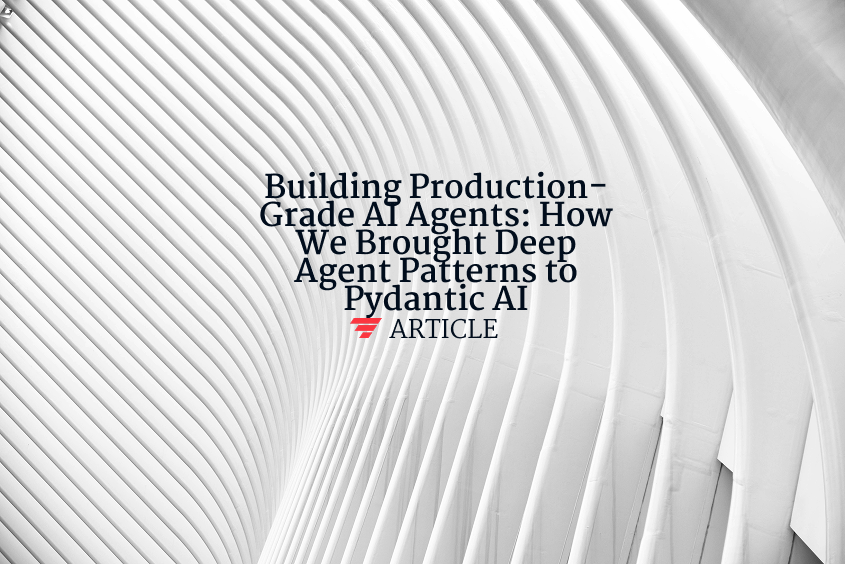How does stacking work
How does stacking work refers to the ensemble learning technique where multiple base models’ predictions are combined using a meta-learner that learns optimal weighting strategies from cross-validated outputs. This process involves training diverse base models on the original dataset, generating out-of-fold predictions through cross-validation to avoid overfitting, then training a meta-model (often called a blender) on these base model predictions as features. The stacking process creates a two-level architecture where base models capture different aspects of the data while the meta-learner discovers optimal combination strategies. Common base models include random forests, support vector machines, and neural networks, while meta-learners employ linear regression, logistic regression, or neural networks. Stacking typically outperforms individual models and simple averaging by exploiting complementary strengths and reducing prediction variance. For AI agents, stacking enables robust decision-making through diverse model perspectives.
Want to learn how these AI concepts work in practice?
Understanding AI is one thing. Explore how we apply these AI principles to build scalable, agentic workflows that deliver real ROI and value for organizations.



